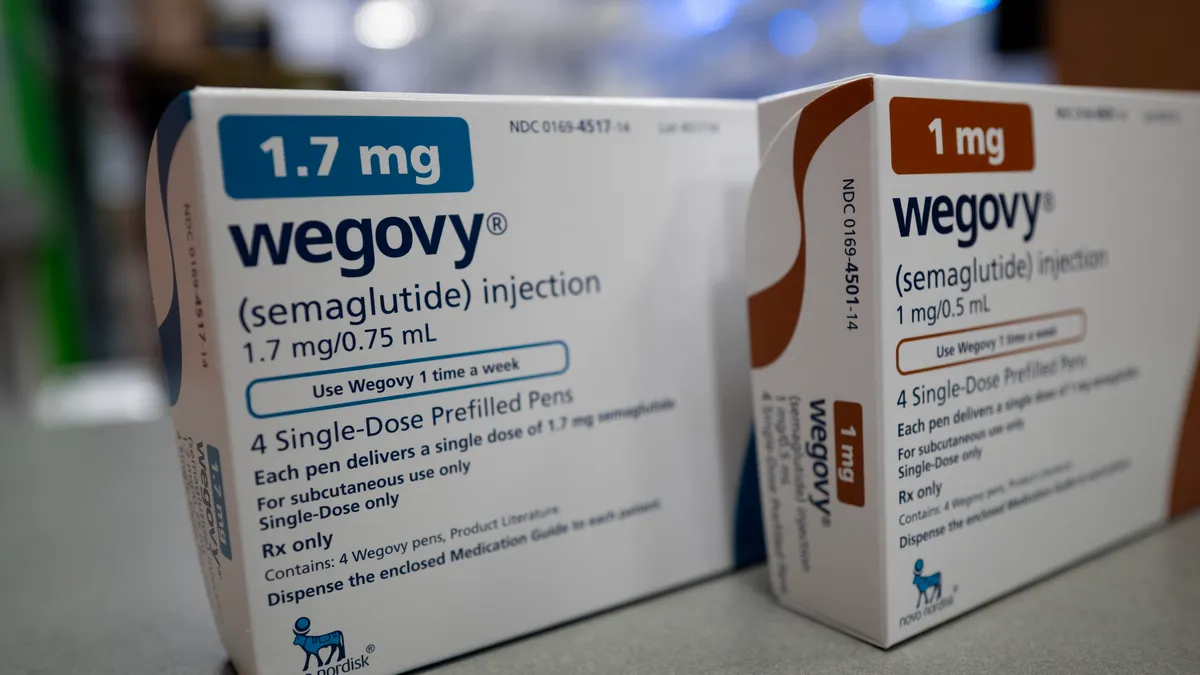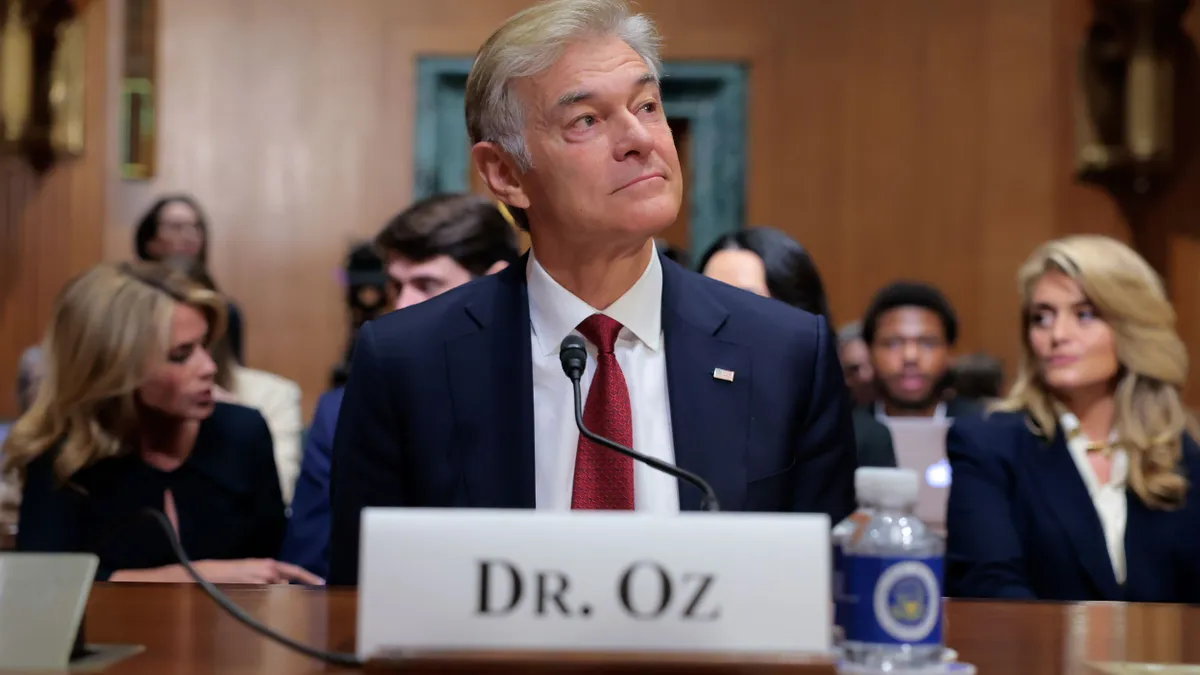Medicare will pay billions of dollars less in 2027 for 15 drugs, including major medicines for cancer, asthma and metabolic conditions, after completing the second annual round of price negotiations required under the Inflation Reduction Act.
The Centers for Medicare and Medicaid Services on Tuesday announced the final prices, which, if they had been in place in 2024, would have reduced aggregate spending by 44%, or $12 billion. Beneficiaries’ out-of-pocket spending would have been reduced $685 million, the CMS said.
The announcement concludes three rounds of negotiations between the agency and drugmakers, who made offers and counteroffers with a review of evidence supporting their respective proposals. CMS said the prices of seven were reached based on a revised counteroffer from the respective drugmakers. In seven other cases, the company accepted a written final offer from CMS.
The price for semaglutide, the active ingredient in Novo Nordisk’s blockbuster obesity drug Wegovy and diabetes shot Ozempic, was preannounced in an Oval Office press conference with President Donald Trump. The administration is seeking to equalize prices between the U.S. and other industrialized nations.
The drugs included on Medicare's latest round of price negotiations.
| Drug | Manufacturer | Negotiated Price (30 day supply) | List Price 2024 | 2024 Gross Covered Cost | Enrollees Who Used Drug in 2024 |
|---|---|---|---|---|---|
| Semaglutide | Novo Nordisk | $274 | $959 | $15.2 billion | 2.3 million |
| Trelegy Ellipta | GSK | $175 | $654 | $5.3 billion | 1.3 million |
| Xtandi | Astellas/Pfizer | $7,004 | $13,480 | $3.4 billion | 35,000 |
| Pomalyst | Bristol Myers Squibb | $8,650 | $21,744 | $2.2 billion | 14,000 |
| Ofev | Boehringer Ingelheim | $6,350 | $12,622 | $2.1 billion | 24,000 |
| Ibrance | Pfizer | $7,871 | $15,741 | $2 billion | 16,000 |
| Linzess | AbbVie | $136 | $539 | $2 billion | 632,000 |
| Calquence | AstraZeneca | $8,600 | $14,228 | $1.7 billion | 15,000 |
| Austedo | Teva | $4,093 | $6,623 | $1.7 billion | 27,000 |
| Breo Ellipta | GSK | $67 | $397 | $1.4 billion | 626,000 |
| Xifaxan | Salix | $1,000 | $2,696 | $1.2 billion | 105,000 |
| Vraylar | AbbVie | $770 | $1,376 | $1.1 billion | 118,000 |
| Tradjenta | Boehringer Ingelheim | $78 | $488 | $1.1 billion | 274,000 |
| Janumet | Merck & Co. | $80 | $526 | $1.1 billion | 239,000 |
| Otezla | Amgen | $1,650 | $4,722 | $1 billion | 31,000 |
The latest round also includes the diabetes drugs Tradjenta and Janumet; cancer medicines Xtandi, Pomalyst, Ibrance and Calquence; respiratory therapies Trelegy, Ofev, and Breo; and the gastrointestinal treatments Linzess and Xifaxan. Also on the list are Austedo, for irregular body movements; Vraylar, for depression; and Otezla, for psoriasis.
The Inflation Reduction Act for the first time allowed for price negotiations under Medicare, which began covering pharmacist-dispensed drugs in 2006 under what’s known as Part D. Prices for 10 drugs set under the first round of negotiations conducted in 2024 will go into effect in 2026, followed by these 15 in 2027.
To be eligible for price negotiations, the drugs must be “single-source,” typically meaning branded products not subject to competition from generics or biosimilars.
In 2026, Medicare will negotiate the prices for an additional 15 high-expenditure drugs, which would include not just the pharmacist-dispensed drugs covered by Part D but also the physician-administered drugs covered by Part B. The latter group could include high-priced biological drugs that can be delivered only through intravenous infusions.
















